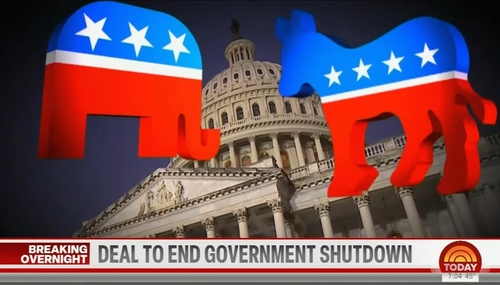Anyone paying attention to news over the past several weeks, is well aware of the unrest surrounding confederate statues and demands for their removal.
Although several weeks since the violence and bloodshed in Charlottesville, the issue of Confederate statues and demands for their removal rages. Recently Dallas officials planned to spend $500,000 to remove a statue of Robert E. Lee because of the public uproar.
Most people are not aware that most, if not all, of the furor is over statues and memorials located on public lands. According to a recent Fox News.com article, 24 Confederate statues and memorials across the country have been taken down. Of those 24, only 3 were located on private land: Duke University, a Church in the Episcopal Diocese of Long Island, and the Hollywood Forever Cemetery. Note that these removals were all voluntary and under orderly consent. Perhaps the lesson is that the uproar could be avoided if the statues were on located on private, not public property.
The media have covered this monument story ad nauseam from virtually every angle. However the significance of where the statues stand is lost on pundits. Certainly, both sides offer compelling discussions about how best to deal with the statues. The role of private property is perhaps the most compelling.
As Lawrence W. Reed, president of the Foundation for Economic Education explains:
The basis for objecting to such things on PRIVATE property is pretty slim; if it’s YOUR property, others aren’t paying for it and it’s clearly a freedom-of-speech issue. However on public property, somebody who has an objection—whether sensible or not—does have some legitimate argument because directly or indirectly, they as a taxpayer have been required to contribute to it. That which is “public” takes on a “representative” perspective and a citizen of that government has a legitimate right to object to anything that government does in his name. I think those who believe in liberty should argue that government ought to get out of the statue business. Maybe out of the history-commemorating business altogether.
If people want to honor something, or create something that takes note of something in the past, then let them do it individually or through voluntarily created and financed private historical organizations (which, in fact, happens all the time). The injection of government into it just creates these intractable controversies sooner or later and for which there is no good answer that can please everybody. But when it’s private, no matter what it is, it’s almost always either uncontroversial or something you can just walk away from if you don’t like it, and not be angry that you’ve had to pay for it.
Reed is right. Much of the furor involving the removal of statues face historical objections. Robert E. Lee originally opposed and then agonized over secession. Although he owned slaves during his life, Lee also wrote in a letter that slavery was “a moral and political evil.” Moreover, we see ample examples of private historical institutions that, in most cases, do a much better job managing historical grounds. Mount Vernon, George Washington’s home, is a great example of a historical site exceptionally well maintained and in private hands. Regardless of where one stands on the issue of removing statues., the issue of the statue’s location and who pays for it, is a conversation we need to have.
Property is one of the most crucial principals undergirding a civil and free society and has broad ramifications, including statues and other historical landmarks. As Peter Boetke, professor at George Mason University points outs: “Few concepts have been more important for human survival, yet maligned as unjust by intellectuals, as the concept of private property rights.”
Given the smug attitude of the liberal media, it’s not surprising that we don’t hear more thoughtful conversations like Reed’s on the airwaves and in print. But we should. When we do, as in a recent article in The New York Times, there's a bit of resentment that people will still put monuments where the public can't tear them down.




